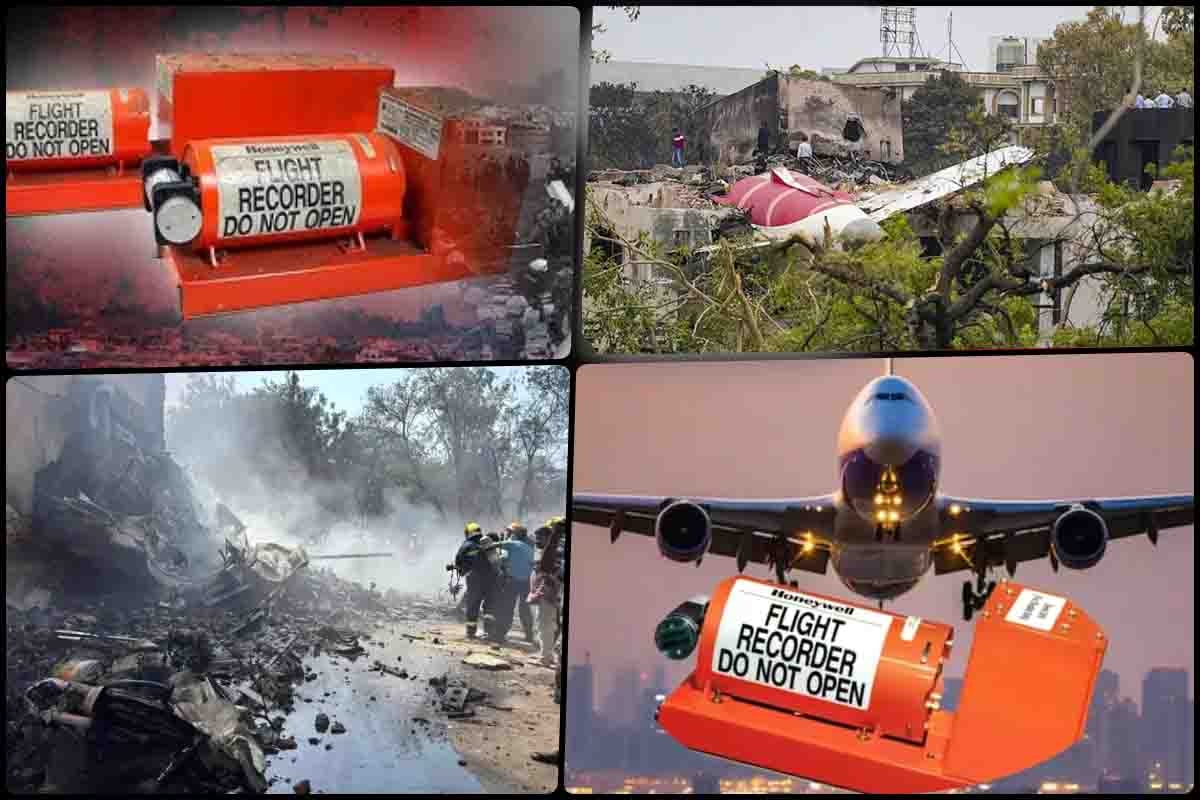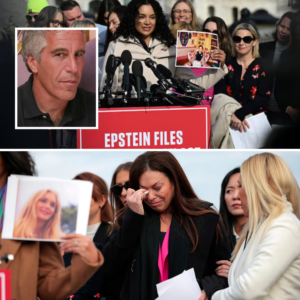On June 12, 2025, the aviation world was shaken by the catastrophic crash of Air India Flight 171, a Boeing 787-8 Dreamliner en route from Ahmedabad, India, to London Gatwick, United Kingdom. The flight, carrying 242 passengers and crew, crashed just 30 seconds after takeoff, claiming 241 lives on board and 19 on the ground, making it one of the deadliest aviation disasters in recent Indian history. The tragedy also marked the first fatal accident involving the Boeing 787 Dreamliner since its introduction in 2011. At the center of the investigation is Captain Sumeet Sabharwal, a seasoned pilot with over 15,600 flight hours, whose final words and actions have sparked intense debate about the true cause of the crash. Initial allegations of depression and mental health struggles have been challenged by emerging evidence, including Sabharwal’s last communications, which paint a different picture of a dedicated pilot committed to his family and profession.
The Crash of Air India Flight 171
Air India Flight 171 took off from Sardar Vallabhbhai Patel International Airport in Ahmedabad at 1:38 p.m. local time. Moments after departure, Captain Sabharwal issued a desperate “Mayday” call to air traffic control (ATC), reporting that the aircraft was unable to gain altitude due to a catastrophic loss of thrust. Seconds later, the plane plummeted into the hostel block of B.J. Medical College in Ahmedabad’s Meghani Nagar, erupting into a fireball that reached temperatures of 1,500°C. The crash killed 241 of the 242 people on board, including 230 passengers (13 children, two of whom were infants) and 12 crew members. An additional 19 people on the ground, including five medical students, perished, and 67 others were seriously injured. The sole survivor, British-Indian passenger Vishwash Kumar Ramesh, seated near an exit, miraculously escaped the inferno.


The preliminary report by India’s Aircraft Accident Investigation Bureau (AAIB), released on July 12, 2025, revealed a startling detail: both fuel control switches, which regulate fuel flow to the plane’s two General Electric GEnx-1B70 engines, were moved from the “RUN” to “CUTOFF” position shortly after takeoff. This action starved the engines of fuel, causing an immediate loss of thrust. The report noted that the switches were flipped back to “RUN” seconds later, but the engines did not have enough time to regain power at the low altitude of 625 feet. The cockpit voice recorder captured a heated exchange, with one pilot—believed to be First Officer Clive Kunder—asking, “Why did you cut off?” to which the other pilot, presumed to be Sabharwal, responded, “I did not do so.” This ambiguity has fueled speculation about the cause of the crash, with early media reports suggesting pilot error or deliberate action linked to mental health issues.
Captain Sumeet Sabharwal: A Dedicated Aviator
Captain Sumeet Sabharwal, 56, was a veteran pilot with nearly three decades of experience at Air India. Joining the airline in 1994, he had logged 15,638 flight hours, including 8,596 on the Boeing 787. Colleagues described him as a “thorough gentleman” and an “ace pilot,” known for his calm demeanor, professionalism, and strict adherence to safety protocols. Sabharwal came from a family deeply rooted in aviation: his father, Pushkaraj Sabharwal, was a retired official with India’s Directorate General of Civil Aviation (DGCA), and his two nephews are also pilots. Sabharwal was an instructor at Air India, mentoring younger pilots and earning widespread respect in the aviation community.

In the days leading up to the crash, Sabharwal had expressed his intention to retire early to care for his 88-year-old father, who was a widower following the death of Sabharwal’s mother in 2022. Neighbors in Mumbai’s Powai area, where Sabharwal lived, recalled his devotion to his father, often seen walking hand-in-hand with him during evening strolls. Just days before the fateful flight, Sabharwal told a neighbor, Savitri Budhania, “Just one or two more flights… then I’m going to be with Papa.” Hours before takeoff, he called his family from Ahmedabad airport, promising to contact them again after landing in London—a call that never came. These final words and actions stand in stark contrast to allegations that Sabharwal was struggling with depression and deliberately caused the crash.

Allegations of Depression and Mental Health Struggles
Following the release of the preliminary report, media outlets, including The Daily Mail and The Telegraph, cited claims by Captain Mohan Ranganathan, an Indian aviation safety expert, who alleged that “several” Air India pilots had reported Sabharwal suffered from poor mental health. Ranganathan claimed Sabharwal had taken medical leave in the past three to four years, including bereavement leave after his mother’s death in 2022. These reports suggested that investigators were examining Sabharwal’s medical records to determine if mental health issues played a role in the crash. The narrative of a “depressed” pilot gained traction, with some speculating that Sabharwal may have intentionally turned off the fuel switches, leading to the catastrophic loss of power.
However, these allegations have been met with skepticism and pushback from Sabharwal’s colleagues, family, and the Airline Pilots’ Association of India (APAI). An official from the Tata Group, Air India’s parent company, clarified that Sabharwal had not taken recent medical leave beyond the bereavement period in 2022, and his medical records, including a Class I medical exam passed in September 2024, showed no significant issues. The APAI rejected the “tone and direction” of the inquiry, calling for a “fair, fact-based” investigation rather than premature conclusions about pilot error. Colleagues like Captain Kapil Kohal, a long-time friend, described Sabharwal as a “hero” with a “gentle soul,” dismissing the depression narrative as inconsistent with his character. Kohal noted that Sabharwal’s nickname, “Sad Sack,” referred to his melancholic eyes, not a clinical condition, and emphasized his charisma and willingness to help others.
A Heroic Final Act?
Emerging accounts from local residents and preliminary analyses suggest that Sabharwal’s final actions may have mitigated an even greater disaster. Witnesses in Meghani Nagar reported that the plane appeared to be diverted toward a green space near the medical college hostel, avoiding densely populated residential buildings. Geeta Patni, a local resident, told The Sun, “The building was shaking. We were so scared. Any closer and we would have died. The pilot saved us.” Another resident, Jahanvi Rajput, credited Sabharwal’s skillful handling, stating, “Thanks to the pilot, we survived. He’s a hero.” These accounts align with reports that Sabharwal issued a “Mayday” call and attempted to steer the aircraft away from populated areas, potentially saving hundreds of lives on the ground.

The black box data, including the cockpit voice recorder and flight data recorder, has provided critical but inconclusive evidence. U.S. officials, cited by Reuters and The Wall Street Journal, suggested that Sabharwal may have moved the fuel switches to the “CUTOFF” position, but the reason remains unclear. Aviation experts, including Keith Tonkin and Captain Cornell, emphasized that the switches’ locking mechanism prevents accidental movement, meaning any action would have been deliberate. However, they also noted that cutting off both fuel switches during takeoff is highly unusual and not consistent with standard procedures, even in emergencies like engine fires or bird strikes. The AAIB has cautioned against drawing conclusions, stating that the investigation is ongoing and a final report is expected within a year.
The Investigation and Its Implications
The AAIB’s preliminary report found no mechanical or maintenance faults with the Boeing 787 or its engines, ruling out technical issues as the primary cause. Air India CEO Campbell Wilson, in an internal memo, urged staff to avoid speculation, noting that the report “provided both greater clarity and opened additional questions.” The airline has cooperated fully with the investigation, suspending 83 wide-body flights for safety checks and retiring the AI171 flight number. The focus on Sabharwal’s actions has raised concerns about pilot mental health screening and cockpit protocols, but the lack of definitive evidence has left many questions unanswered.
Sabharwal’s family, friends, and colleagues continue to mourn his loss while defending his legacy. At his funeral in Mumbai on June 17, 2025, over a thousand people gathered to pay their respects. His father, Pushkaraj, visibly devastated, performed the final prayers, joined by neighbors and aviation colleagues who remembered Sabharwal as a dedicated son and skilled pilot. Air India’s official statement on X described him as “an exceptional aviator” whose “unwavering commitment to the skies” earned him deep respect.
Conclusion
The crash of Air India Flight 171 remains a tragedy shrouded in mystery, with Captain Sumeet Sabharwal’s final words and actions at the heart of the investigation. While early reports speculated about depression and deliberate action, emerging evidence—his promise to return home, his heroic efforts to minimize damage, and his impeccable professional record—suggests a more complex story. As the investigation continues, the aviation community and the public await answers that honor the memory of Sabharwal and the 260 lives lost, while ensuring such a tragedy is never repeated.




